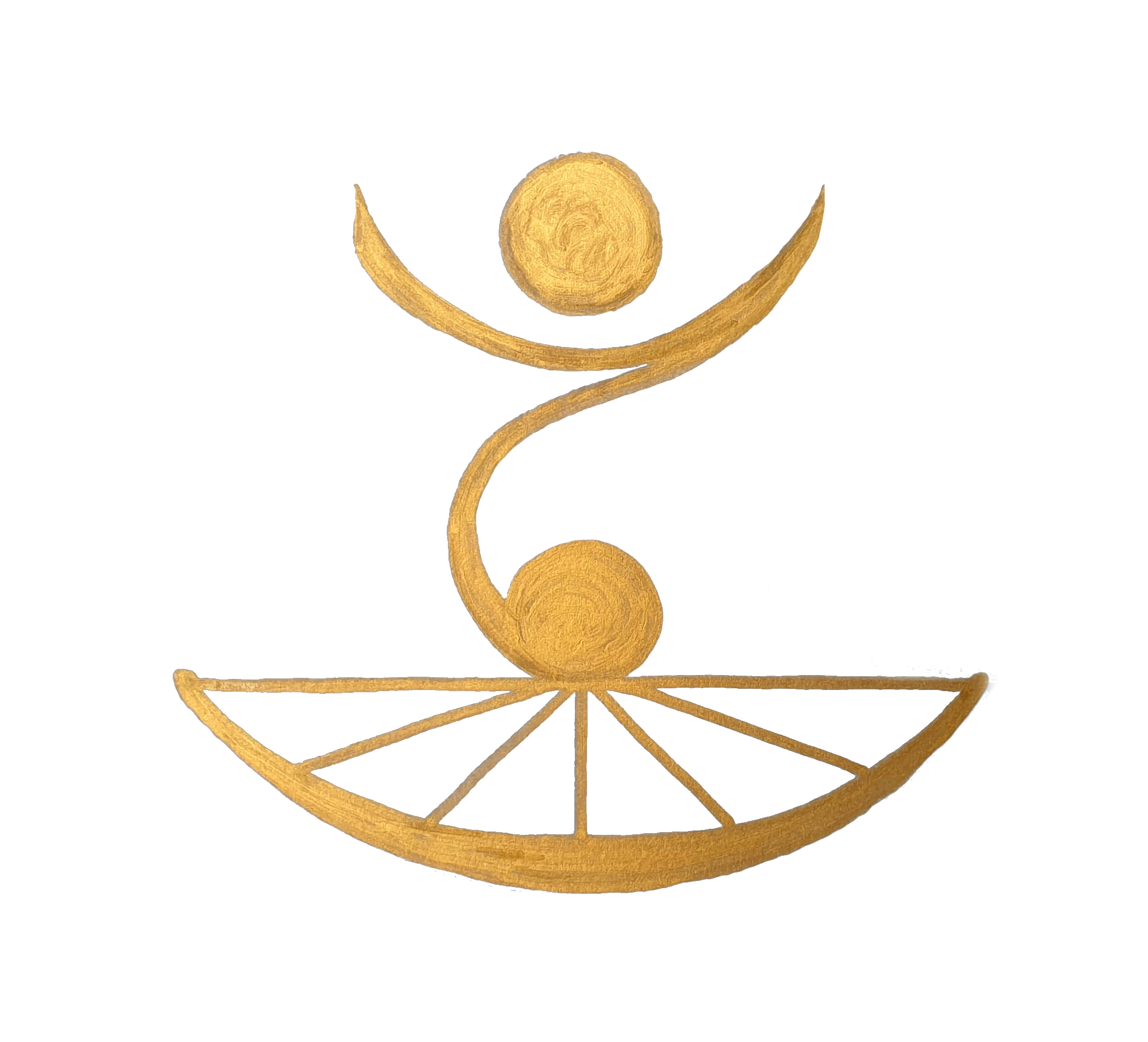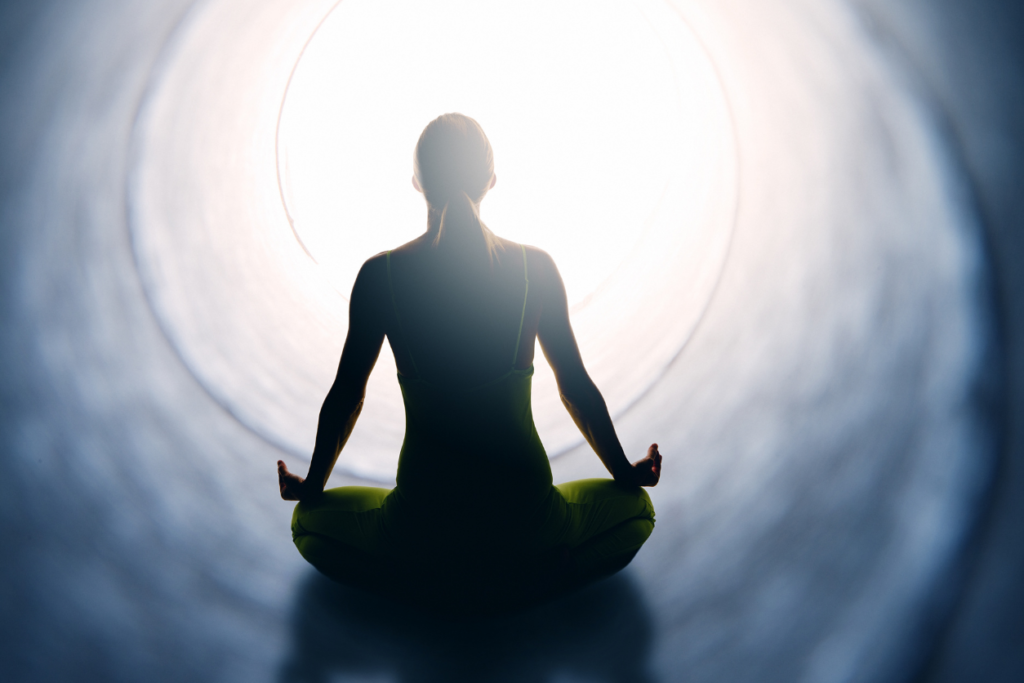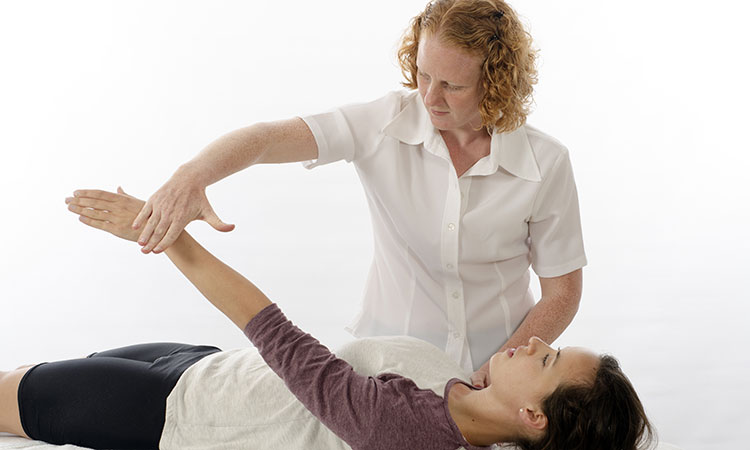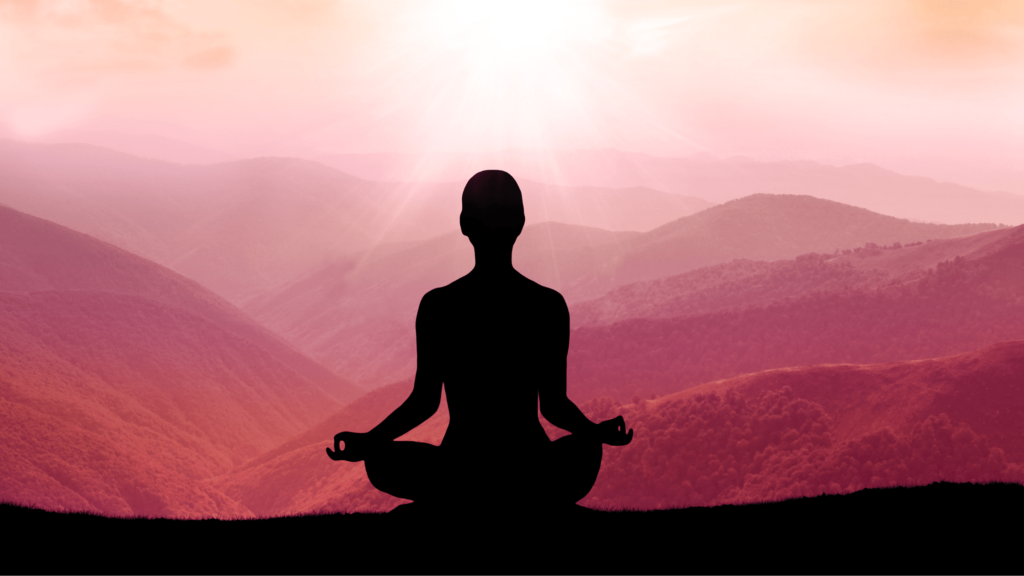The Practice of Connection by Mark Nepo
(We must try to do small things with love when we are not afraid, so the love will be available to us when we are afraid.)
The Practice of Connection
The Practice of connection is holding and listening. When we feel disconnected , any act of holding or
listening will return us to the larger world. With regard to listening, the difference in being an
introvert or an extrovert is mostly the direction of our attention; where we naturally face when we listen, toward the inner world or the outer world, just as some of us are born left-handed and some right-handed, some of us are born to listen inwardly first or outwardly first. One is a strength and the other is an unused capacity. The practice of connection requires that we complete the one that doesn’t come naturally.
Entire cultures naturally lean one way or the other, too. It is telling that Eastern statues of Buddha traditionally have their eyes closed, implying an attunement to the inner world, while Westerner statues
from ancient Greece and Rome traditionally have their eyes open, implying an attunement to the outer world. But to live an awakened, compassionate life, we need both.
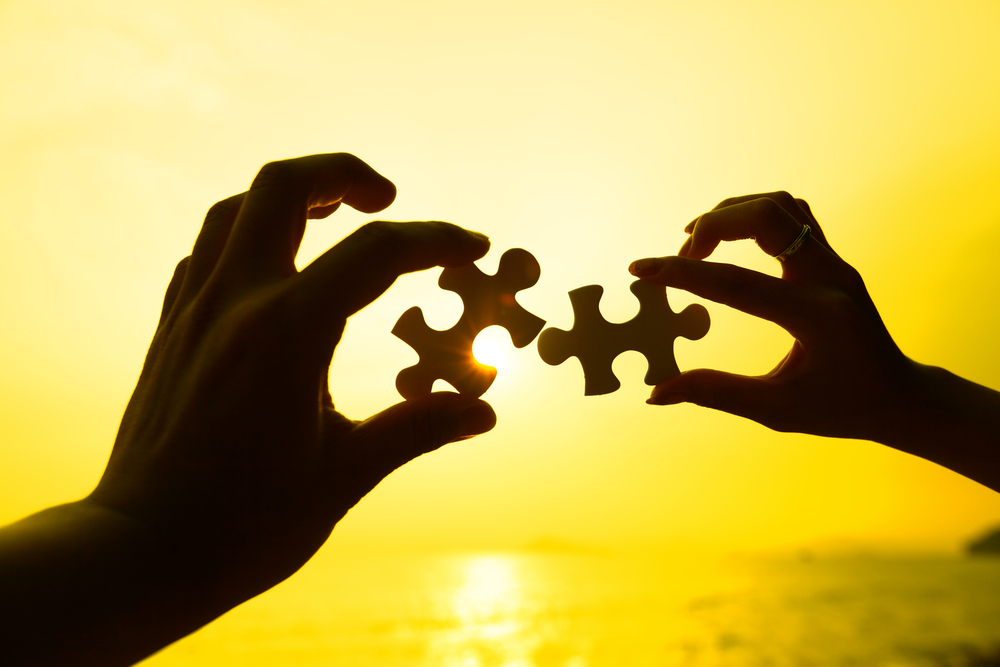
Our daily life is the practice ground for the integration of our inner and outer attention. While tasks
need to be done, they don’t always help us stay connected. Our evolving practice is to call the doctor, fix the car, cut the grass and to make amends and repair our torn connections to life. Our challenge is to do the dishes and pay the bills while somehow stilling ourselves, though there are so many places to go. If we can’t stay connected to the stream of life in the midst of the thousand tasks, our frustration and disconnection will begin to hurt others.
Tending and being go hand in hand. When we can tend and be in a way that complements our soul, we discover time and again that holding leads to finally being held. Like everyone, I still struggle with this. My only thoughts, when feeling disconnected, are to stay open tom the teachers around me moment to moment. I believe that each is a ready guide. And when I can practice holding and listening, no matter how poorly I do it, I find I begin to feel the wisdom of connection as it moves through me.
Just the other day, I was drawn to hold some of my father’s tools, now that he is gone. I have a chisel, a T-square, an awl. And when I can’t really fathom the fact the he’s died and is no longer here on Earth, I hold one of his tools. I hold something he held. Because we can listen to what we hold. When we touch something that’s been touched, it speaks to us. Not in words, but in the felt language of being from which all words arise.
Planting the Oar
These four practices lead to a fifth that we can call Exploration, Mastery and Abandonment. This is a practice we are drain into over time. Throughout our lives, we begin and discover, grow and mature, and then we are asked to shed our gown of mastery in order to begin again. Regardless of what we learn, we are never so in wonder as when we begin. The greatest position of aliveness is when we are full of wonder and curiosity, when we are exploring.
Then comes the work of immersion, commitment, and devotion, through which we become accomplished at a skill, and understanding, a practice, or a relationship. This marks the deeper immersion of effort that transforms us and sustains us on our way to some form of mastery.
